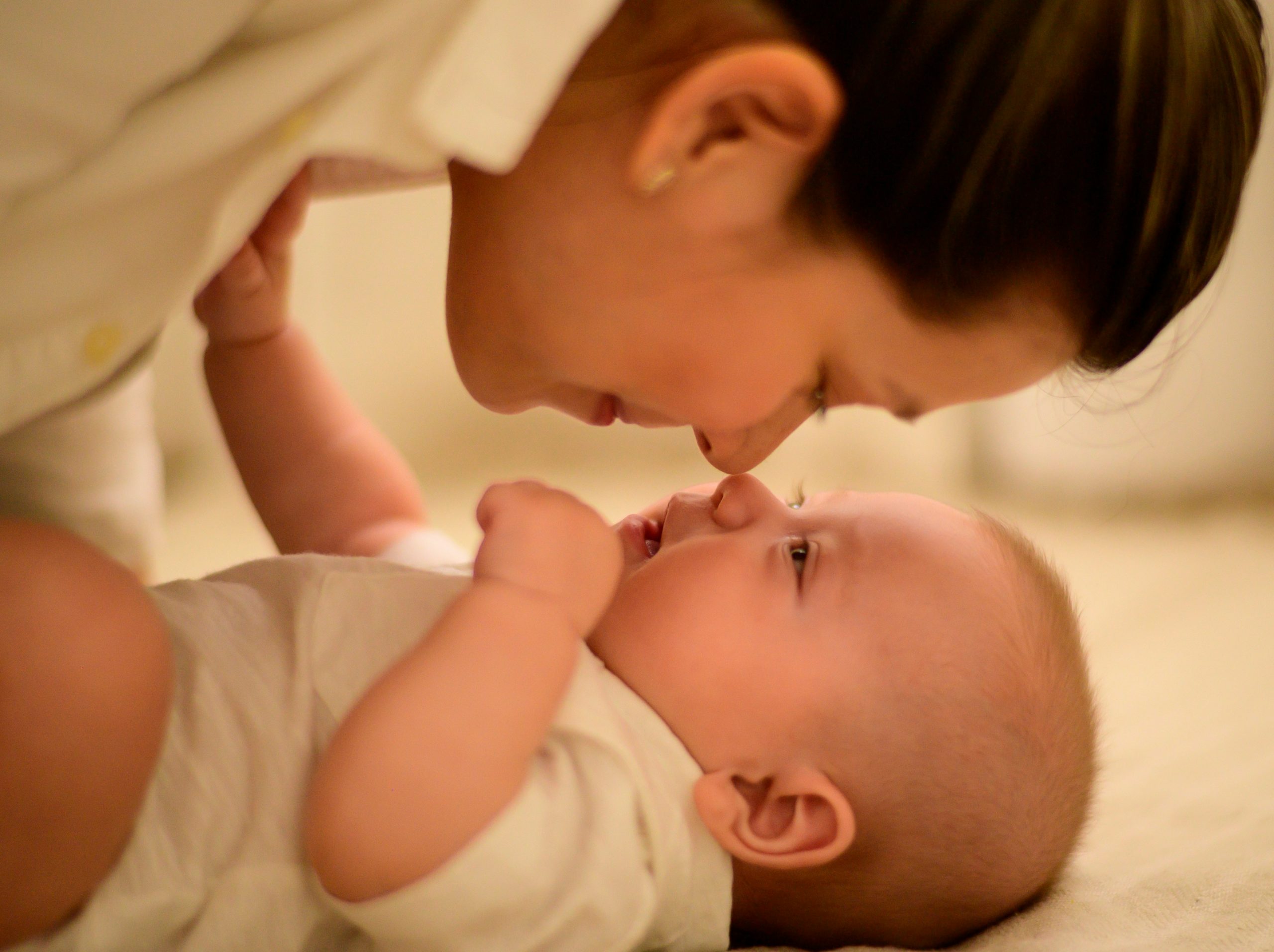Based on the latest American Academy of Pediatrics (AAP) safe sleep guidelines, here are 10 essential recommendations backed by scientific evidence and practical implementation tips.
1. Choose a Certified Safe Crib
| Safety Standard | Hazard to Avoid |
|---|---|
| CPSC certification required | Drop-side rails (banned since 2012) |
| Slat spacing ≤6cm | Prevents head/limb entrapment |
| No sharp edges/splinters | Prevents skin injuries |
Implementation: Always check for CPSC certification labels when purchasing. For used cribs, verify manufacturing date (models after 2011 are safer).
2. Firm Mattress Is Critical
- Test method: Press firmly on mattress center – indentation should not exceed 1cm
- Gap standard: Space between mattress and rails should be ≤2 finger widths (prevents entrapment)
- Bedding: Use only fitted sheets specifically designed for the mattress
Case example: CPSC recalled 3 padded crib models in 2024 due to suffocation risk
3. Back Sleeping Is Non-Negotiable
| Scientific Evidence | Implementation |
|---|---|
| Reduces SIDS risk by 72% | Must be maintained for naps and nighttime sleep |
| Even babies with reflux should sleep on back | Infant airway anatomy prevents choking |
| No need to reposition if baby rolls over independently | But always start on back |
Myth busting: Prone sleeping (once recommended by older generations) increases risk 5-fold.
4. Crib Should Be Bare Minimum
Prohibited items:
❌ Pillows/soft toys
❌ Thick blankets/quilts
❌ Bumpers/positioners
❌ Loose sheets
Safe alternatives:
✅ Sleep sacks (appropriate TOG for room temperature)
✅ Footed pajamas (no additional covering needed)
Data: 31% of 3,500 annual sleep-related deaths involve bedding materials
5. Protective Power of Pacifiers
- Timing: Introduce after breastfeeding established (approximately 2-3 weeks)
- Protective mechanism: Neurological stimulation reduces deep sleep risks
- Key point: No need to reinsert if falls out – protective effect persists during sleep
6. Scientific Swaddling Technique
| Proper Technique | Danger Signs |
|---|---|
| Hips can move freely | Tight wrapping restricts breathing |
| Chest allows hand space | Loose blankets become hazard |
| Discontinue at first sign of rolling | Transition to sleep sack |
Demonstration: Use “snug top, loose bottom” technique with legs in frog position.
7. Environmental Hazard Checklist
- Cords: Keep ≥1 meter from crib
- Window blinds: Secure cords at ≥1.6 meter height
- Monitors: Choose wireless models with mounts out of reach
8. Optimal Temperature Range
Temperature guide:
| Room Temperature | Infant Clothing |
|---|---|
| 24°C+ | Single-layer cotton onesie |
| 21-23°C | Light onesie + 0.5 TOG sleep sack |
| 18-20°C | Heavy onesie + 1.0 TOG sleep sack |
Overheating signs: Damp neck, flushed cheeks, rapid breathing – remove layers immediately.
9. Room-Sharing Safety Benefits
- Evidence: Reduces SIDS risk by 50%
- Duration: Birth to 6 months (ideal through 1 year)
- Setup: Crib within 1 meter of parent bed, avoid direct sunlight
10. Special Breastfeeding Safety
Feeding chair essentials:
- Firm back support
- Armrests to prevent falls
- Phone alarm to alert if mother dozes
Critical rule: Always return infant to separate sleep space after feeding, regardless of fatigue.
